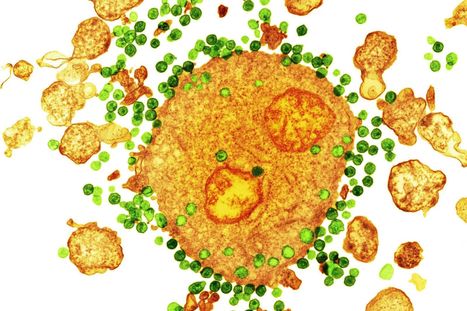New research shows that a specific change in the SARS-CoV-2 coronavirus virus genome, previously associated with increased viral transmission and the spread of COVID-19, is more infectious in cell culture. Research out today in the journal Cell shows that a specific change in the SARS-CoV-2 coronavirus virus genome, previously associated with increased viral transmission and the spread of COVID-19, is more infectious in cell culture. The variant in question, D614G, makes a small but effective change in the virus's 'Spike' protein, which the virus uses to enter human cells.
Bette Korber, a theoretical biologist at Los Alamos National Laboratory and lead author of the study, noted, "The D614G variant first came to our attention in early April, as we had observed a strikingly repetitive pattern. All over the world, even when local epidemics had many cases of the original form circulating, soon after the D614G variant was introduced into a region it became the prevalent form." Geographic information from samples from the GISAID COVID-19 viral sequence database enabled tracking of this highly recurrent pattern, a shift in the viral population from the original form to the D614G variant. This occurred at every geographic level: country, subcountry, county, and city. Two independent lines of experimental evidence that support these initial results are included in today's paper. These additional experiments, led by Professor Erica Ollmann Saphire, Ph.D., at the La Jolla Institute, and by Professor David Montefiori, Ph.D., at Duke University, showed that the D614G change increases the virus's infectivity in the laboratory. These new experiments, as well as more extensive sequence and clinical data and improved statistical models, are presented in the Cell paper. More in vivo work remains to be done to determine the full implications of the change.
The SARS-CoV-2 virus has a low mutation rate overall (much lower than the viruses that cause influenza and HIV-AIDS). The D614G variant appears as part of a set of four linked mutations that appear to have arisen once and then moved together around the world as a consistent set of variations. "It's remarkable to me," commented Will Fischer of Los Alamos, an author on the study, "both that this increase in infectivity was detected by careful observation of sequence data alone, and that our experimental colleagues could confirm it with live virus in such a short time."....
Original Study Published in Cell:



 Your new post is loading...
Your new post is loading...








